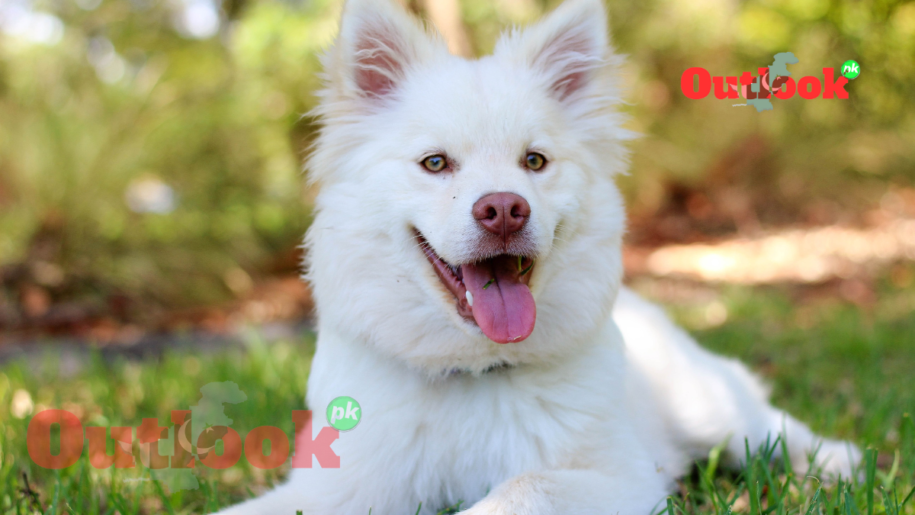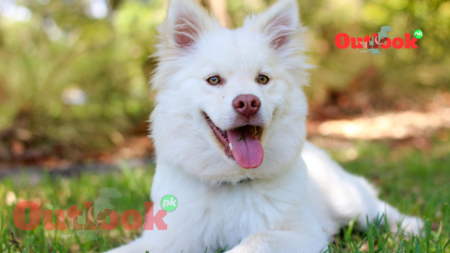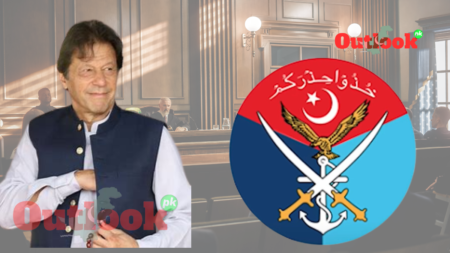Introduction
Welcoming a furry friend into your home is nothing short of an adventure, filled with wagging tails and unconditional love. For new dog owners, pet lovers, and animal enthusiasts, understanding the fundamentals of dog care is essential to building a strong, loving bond with your four-legged companion.
This blog post will guide you through key aspects of canine care and behavior, ensuring you and your pup enjoy a harmonious life together. From selecting the right breed and understanding canine communication to providing proper nutrition and training tips, we’re here to support you every step of the way on this paw-some journey.
Choosing the Right Breed for Your Lifestyle
When embarking on the exciting path to dog ownership, choosing the right breed is crucial. Dogs come in all shapes and sizes, each with unique characteristics and needs. Consider your living situation, activity level, and family dynamics when selecting a breed.
For instance, if you live in a small apartment, a smaller breed like a French Bulldog or a Dachshund may be more suitable than a large breed like a Labrador Retriever.
Researching breed traits and temperaments is vital to ensure compatibility with your lifestyle. Some breeds, like Border Collies, require ample exercise and mental stimulation, while others, such as Bulldogs, are more laid-back and content with shorter walks. Understanding breed tendencies will help you find a furry friend that complements your habits and personality.

Adopting from a shelter or rescue can also be a rewarding experience. Mixed-breed dogs often have unique traits and can make wonderful companions. Many shelters offer guidance and support in choosing a dog that fits your lifestyle, so don’t hesitate to reach out for advice.
Understanding Canine Communication
Dogs communicate primarily through body language and vocalizations, making understanding their signals essential for new dog owners. Recognizing your dog’s cues can prevent misunderstandings and strengthen your bond. A wagging tail, for instance, often indicates happiness or excitement, while a tucked tail may signify fear or anxiety.
Pay attention to ear positions, as they can convey a dog’s emotional state. Ears perked forward typically signal interest or curiosity, while flattened ears suggest submission or nervousness. Observing your dog’s eyes can also provide insight; relaxed eyes indicate contentment, while wide, staring eyes may be a sign of distress.
Vocalizations, such as barking, whining, or growling, are another crucial aspect of canine communication. Understanding the context and tone of these sounds can help you interpret your dog’s needs and emotions. By learning to read your dog’s signals, you can create a trusting and harmonious relationship.
The Importance of Proper Nutrition
Providing your dog with a balanced diet is essential for their overall health and well-being. High-quality dog food should contain the right proportions of proteins, fats, and carbohydrates, along with essential vitamins and minerals. Consult your veterinarian to determine the best diet for your dog’s breed, age, and activity level.
Avoid feeding your dog table scraps or human food, as these can lead to obesity and other health issues. Instead, opt for healthy treats designed for dogs, and feed them in moderation. Regularly monitor your dog’s weight and adjust their food intake as needed to maintain a healthy weight.
Ensure your dog has access to clean, fresh water at all times. Proper hydration is crucial for maintaining optimal health and preventing issues such as urinary tract infections. By prioritizing your dog’s nutritional needs, you can lay the foundation for a long, healthy life.
Training Essentials for New Dog Owners
Training your dog is an essential aspect of responsible pet ownership, helping to establish boundaries and promote good behavior. Consistency and patience are key to successful training, as is using positive reinforcement techniques. Reward your dog with praise, treats, or playtime when they exhibit desired behaviors, and avoid punishment, which can damage your bond.
Basic commands, such as sit, stay, and come, are essential for your dog’s safety and well-being. Begin training sessions in a quiet environment, gradually introducing distractions as your dog becomes more proficient. Keep sessions short and engaging to maintain your dog’s enthusiasm and focus.
Socialization is another crucial component of training, exposing your dog to various environments, people, and other animals. Socialization helps prevent fear and aggression, fostering a confident and well-adjusted dog. Enroll in puppy classes or group training sessions to support your dog’s social development.
Exercise and Mental Stimulation
Regular exercise is vital for maintaining your dog’s physical and mental well-being. The amount and type of exercise required will depend on your dog’s breed, age, and energy level. High-energy breeds, like Australian Shepherds, need plenty of physical activity, whereas lower-energy breeds, such as Basset Hounds, may be content with leisurely walks.
Incorporate a variety of activities to keep your dog engaged and entertained. Walks, runs, and playtime in the yard are excellent ways to expend energy, while games like fetch or tug-of-war provide mental stimulation. Interactive toys and puzzle feeders can also keep your dog’s mind sharp.
Ensuring your dog receives adequate exercise and mental enrichment can help prevent behavioral issues, such as anxiety or destructiveness. By meeting your dog’s physical and mental needs, you’ll foster a happy, well-rounded companion.
Grooming and Hygiene
Regular grooming is essential for your dog’s health and comfort, regardless of their breed or coat type. Establish a grooming routine that includes brushing, bathing, nail trimming, and dental care. Brushing your dog’s coat helps remove loose hair and reduce shedding, while bathing keeps their skin and coat clean.
Nail trimming is crucial for preventing overgrown nails, which can cause discomfort or injury. Introduce your dog to nail trimming gradually, using treats and praise to create a positive association. Consult a professional groomer or veterinarian if you’re unsure how to trim your dog’s nails safely.
Dental care is another vital aspect of your dog’s hygiene. Regular tooth brushing can help prevent plaque buildup and gum disease. Use a dog-specific toothbrush and toothpaste, and introduce brushing slowly to ensure your dog is comfortable with the process.
The Role of Routine Veterinary Care
Routine veterinary care is essential for maintaining your dog’s health and well-being. Regular check-ups allow your veterinarian to monitor your dog’s health, administer vaccinations, and detect potential issues early. Schedule annual wellness exams and consult your vet if you notice any changes in your dog’s behavior or health.
Preventative care, such as flea and tick control, heartworm prevention, and dental cleanings, is crucial for keeping your dog healthy. Work with your veterinarian to develop a preventative care plan tailored to your dog’s needs, considering factors like age, breed, and lifestyle.
Spaying or neutering your dog is another important aspect of responsible pet ownership, helping to control the pet population and reduce the risk of certain health issues. Discuss the benefits and timing of these procedures with your veterinarian to make an informed decision.
Building a Strong Bond with Your Dog
Building a strong bond with your dog is essential for a happy and fulfilling relationship. Spend quality time with your dog daily, engaging in activities you both enjoy. This could include walks, playtime, or simply relaxing together on the couch.
Consistent training and communication are vital for fostering trust and understanding between you and your dog. Use positive reinforcement to encourage good behavior and reinforce your bond. Developing a mutual understanding will make it easier to address challenges and strengthen your connection.
Be patient and empathetic with your dog, recognizing that they may have their own quirks and preferences. By respecting your dog’s individuality and providing love and support, you’ll cultivate a deep and lasting bond.
The Joy of Dog Ownership
Owning a dog brings countless joys and rewards, from the wagging tail that greets you at the door to the comforting presence of a loyal companion. Dogs can improve your mental and physical well-being, encouraging regular exercise and providing emotional support.
The unconditional love and companionship dogs offer are unparalleled, creating a unique and fulfilling relationship. Whether you’re a seasoned pet lover or a first-time dog owner, the joys of dog ownership are sure to enrich your life.
As you continue on your journey with your furry friend, cherish the moments you share and appreciate the lessons your dog teaches you about love, patience, and kindness.
Conclusion
In conclusion, understanding the fundamentals of dog care is essential for new dog owners, pet lovers, and animal enthusiasts alike. Selecting the right breed, learning canine communication, and providing proper nutrition, training, and exercise are key components of responsible pet ownership. Routine veterinary care, grooming, and building a strong bond with your dog will ensure a happy, healthy, and fulfilling relationship.
By incorporating these principles into your daily routine, you’ll create a loving environment for your furry friend and enjoy the countless rewards that come with dog ownership. For those eager to explore further, consider seeking additional resources or connecting with fellow dog enthusiasts to enhance your knowledge and experience.
Celebrate the joy of dog ownership and cherish the special bond you share with your canine companion. It’s a paw-some adventure worth embarking on.







